
Q: I’ve perfected a skin care routine for my face. Should I have something similar for the rest of my body?
Dermatologists see it all the time. Patients come in with flawless complexions, but below the neck it’s a different story.
Often, the skin on their bodies is so dry it “looks like alligator skin,” while their faces are well moisturized, said Dr. Ariel Ostad, a cosmetic dermatologist in New York City. Others have dry patches on their backs or dark spots on their hands and arms, said Dr. Lauren Ploch, a dermatologist in Aiken, S.C.
Many people neglect body care because the face is what’s usually on display, Dr. Ploch said. But the skin on the rest of your body needs just as much attention as that on your face. Here’s how to give it what it needs.
Less Is More
Your skin, the body’s largest organ, has many important functions. It regulates your body temperature and guards against issues like dehydration, damage from ultraviolet light and infection with potentially harmful microbes.
Any skin problem that can occur on your face — dryness, acne, sun damage, skin cancer — can crop up on the rest of your body, too, Dr. Ploch said.
In fact, for people with lighter skin tones, melanoma commonly starts on the chest and the back for men and on the legs for women, Dr. Ostad said.
When it comes to establishing a skin care routine for your body, less is more, said Dr. Lindsey Bordone, a dermatologist at NewYork-Presbyterian/Columbia hospital in New York City.
Dermatologists suggest this three-step routine.

Step 1: Cleanse properly
How often you shower is up to you. But scrubbing every inch of your body with soap every day could be overkill, especially if you’re prone to dry skin or eczema, Dr. Bordone said. Most soaps contain surfactants, which help to wash away dirt and oil but can degrade the skin’s protective barrier, resulting in dryness or irritation, Dr. Ostad said.
You generally need to lather up the entire body only two to three times a week, he said. “My patients do a double-take when I say this,” he added.
However, you do need to cleanse the areas that get dirty or sweaty, such as hands, feet, armpits, groin and buttocks, every day. And Dr. Ploch suggests washing your entire body with soap daily if your job requires frequent contact with people or germs, such as in health care or education.
You can use body wash or bar soap, but make sure it’s a gentle cleanser, Dr. Ploch said. Dr. Ostad recommended products with glycerin, niacinamide, urea, hyaluronic acid or ceramides, which are humectants, or substances that trap and replenish moisture in the skin.
Avoid antibacterial soaps, which can destroy healthy bacteria living on the skin and “set you up for an infection,” Dr. Bordone said. And stay away from rough body scrubs and items with fragrance, which might irritate the skin.
Step 2: Moisturize
Slathering lotion or cream all over your body, especially on your arms, legs, torso and hard-to-reach areas like your back, is essential for healthy skin, dermatologists say.
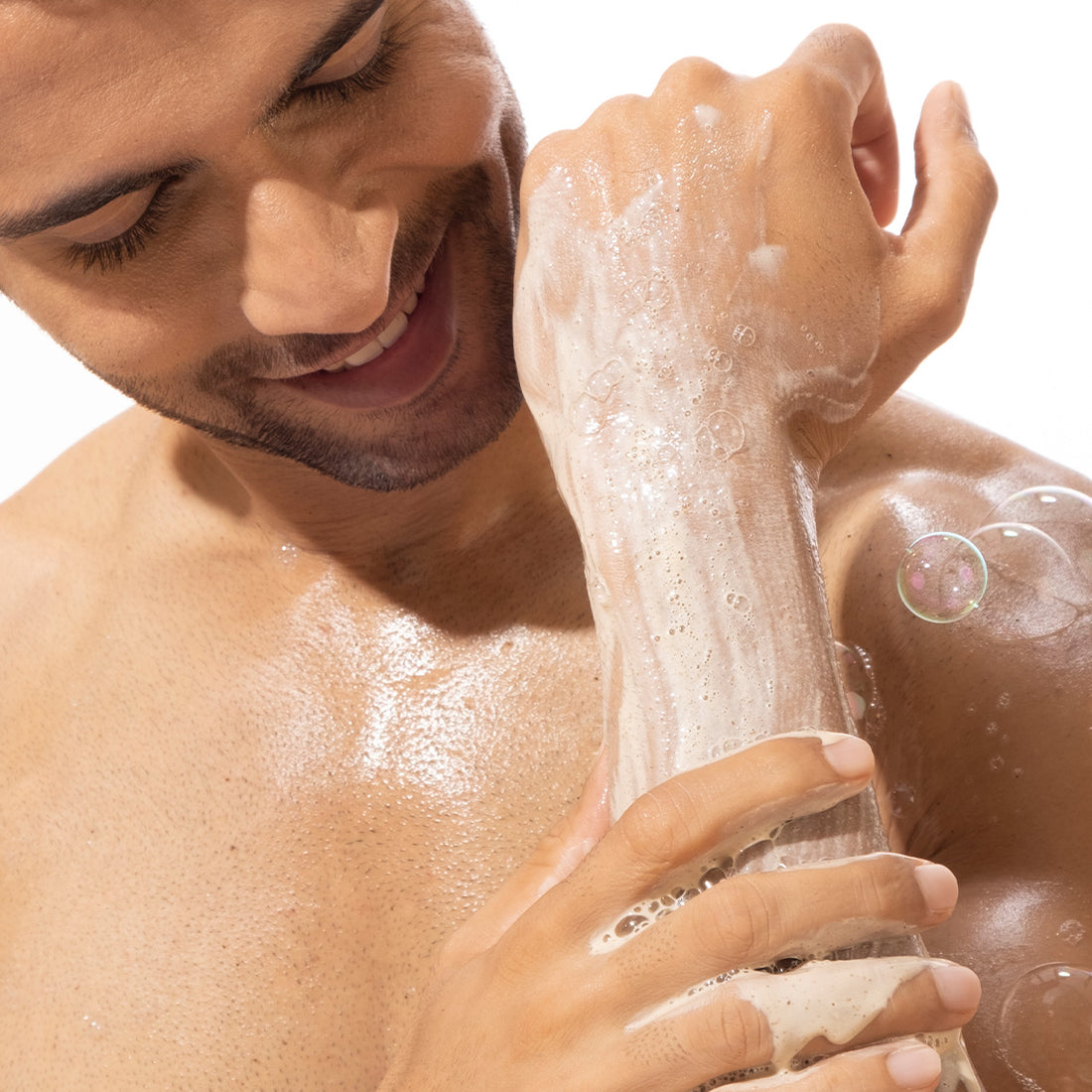
“Multiple times a day, patients come in and complain of itching on their back,” Dr. Ploch said. “We call this winter itch in dermatology.”
Moisturizing daily protects and repairs your skin’s barrier and keeps it hydrated, minimizing the likelihood of dryness and irritation, Dr. Ostad said.
You might need to moisturize more frequently during the winter months or if you’re prone to dry skin, Dr. Bordone said, or less frequently if you have oily or acne-prone skin.
Look for moisturizers with humectant ingredients similar to those in cleansers: ceramides, hyaluronic acid, urea, glycerin and shea butter, all of which lock in moisture, Dr. Ostad said. And use oil-free products if you have acne.
The best time to moisturize is just after stepping out of the shower and patting yourself dry, Dr. Bordone said. Apply a thick moisturizer to slightly damp skin to help it retain moisture throughout the day.
Step 3: Apply sunscreen
You should always apply sunscreen to any areas of your body that will be exposed to the sun, like your face, chest, arms, legs and hands, Dr. Ploch said. Often, older patients will have clear skin on their back and upper arms, she said, but “from their sleeve down, they’re mottled and spotted,” which is a sign of sun damage.
Most experts recommend using a sunscreen with SPF 30 or higher and reapplying it at least every two hours.
Daily sunscreen use protects your skin from harmful UV rays, lowers your risk for skin cancer and minimizes the signs of aging, like sunspots, pigmentation changes and wrinkles, Dr. Ploch said.
When to See a Dermatologist
See a specialist if your skin still feels tight, dry or irritated even after using a gentle cleanser and moisturizing daily, Dr. Ploch said. You could have a skin condition, such as acne, eczema or contact dermatitis, that needs treatment.
If you’re bothered by any wrinkles or sunspots, dermatologists may also recommend cosmetic procedures like Botox or laser treatments, she said.
Taking Care of Your Skin
A great complexion is not something you are simply born with. Follow the tips below and feel more confident in your skin.
How to Build a Skin Care Routine
How to Build a Skin Care Routine: The Perfect 9-Step Skincare Regimen
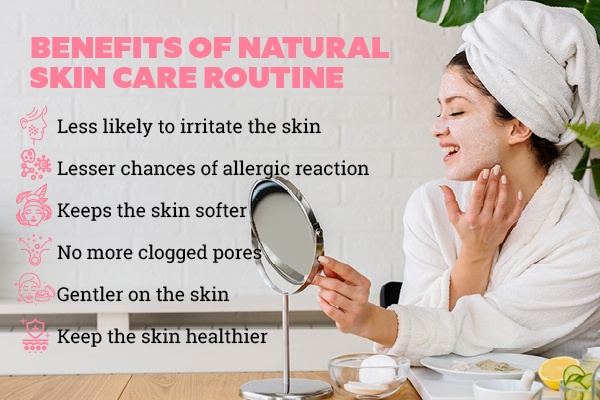
It’s not enough to have good skin-care products: For your products to be most effective, you also need to apply them in the correct order. Your routine will depend on your skin type, the ingredients and formulations of your products, and the time of day. A good rule of thumb, though, is to apply in order of texture, from thinnest to thickest, since thin products won’t be able to penetrate thicker ones.

The Perfect 9-Step Skincare Routine
Whether you have a three- or nine-step routine, there’s one thing anyone can do to improve their skincare, which is to apply products in the right order. No matter your skin concerns, you’ll want to start with a clean, toned base, then apply concentrated, active ingredients, and finish by sealing in moisture—and, of course, SPF in the daytime. Here are the steps for a good skincare regimen:
- 1. Wash your face. Morning and night, rinse your face water and rub a small amount of gentle cleanser between clean palms. Massage face wash all over your face using gentle pressure. Rinse your hands and massage your face with water to rinse your face until you’ve removed the cleanser and grime. Gently pat your face dry with a soft towel. If you wear makeup, you may need to cleanse twice at night. First, remove your makeup with cleansing oil or micellar water. Try leaving dedicated eye-makeup removers on for a couple of minutes to allow the makeup to come off more easily and avoid rubbing your eyes. Follow up with a full-face gentle cleanse.
- 2. Apply toner. If you use toner, apply after cleansing your face and before everything else. Pour a few drops of toner into your palms or a cotton pad and gently swipe onto your face. If your toner is exfoliating—meaning that it removes dead skin cells with ingredients like glycolic acid—use only at night. Hydrating formulas can be used twice a day. Do not use exfoliating toner and retinoids or other exfoliators at the same time.
- 3. Apply serum. Morning is a great time to use a serum with antioxidants—like a brightening vitamin C serum—because they protect your skin from free radicals you’ll encounter throughout the day. Nighttime is a good time to use a moisturizing serum with hyaluronic acid, which keeps your skin from drying out at night, especially if you’re using anti-aging or acne treatments that can irritate and dry out the skin. Serums can also contain exfoliants such as alpha-hydroxy acids (AHA) or lactic acid. Whatever you’re using, always remember: Water-based serums should go underneath moisturizer; oil-based serums should be applied after moisturizer.
- 4. Apply eye cream. You can apply regular moisturizer to your under-eye area, but if you decide to use a specialized eye cream, you’ll typically want to layer it underneath moisturizer, since eye creams tend to be thinner than face moisturizers. Try using an eye cream with a metal roller-ball applicator and storing it in the fridge to counteract puffiness in the morning. Using a hydrating eye cream at night can cause fluid retention that makes eyes look puffy in the morning.
- 5. Use spot treatment. It’s a good idea to use acne spot treatments at night, when your body is in repair mode. Be wary of layering acne-fighting ingredients like benzoyl peroxide or salicylic acids with retinol, which can cause irritation. Instead, make sure you’re doing the most to keep skin calm and hydrated.
- 6. Moisturize. Moisturizer both hydrates skin and locks in all the other layers of product you’ve applied. Look for a lightweight lotion for the morning, ideally with SPF 30 or higher. In the evening, you can use a thicker night cream. Those with dry skin may want to use a cream morning and night.
- 7. Apply retinoid. Retinoids (vitamin A derivatives including retinol) can reduce dark spots, breakouts, and fine lines by increasing skin-cell turnover, but they can also be irritating, especially for sensitive skin. If you use retinoids, know that they break down in the sun, so they should only be used at night. They also make your skin extra-sensitive to the sun, so sunscreen is a must.
- 8. Apply face oil. If you use a face oil, make sure to apply it after your other skin-care products since nothing else will be able to penetrate the oil.
- 9. Apply sunscreen. It may be the last step, but nearly any dermatologist will tell you that sun protection is the most important part of any skin-care regimen. Protecting your skin from UV rays can prevent skin cancer and signs of aging. If your moisturizer doesn’t contain SPF, you still need to wear sunscreen. For chemical sunscreens, wait 20 minutes before going outside for the sunscreen to be effective. Look for broad-spectrum SPF, meaning that your sunscreen protects from both UVA and UVB radiation.
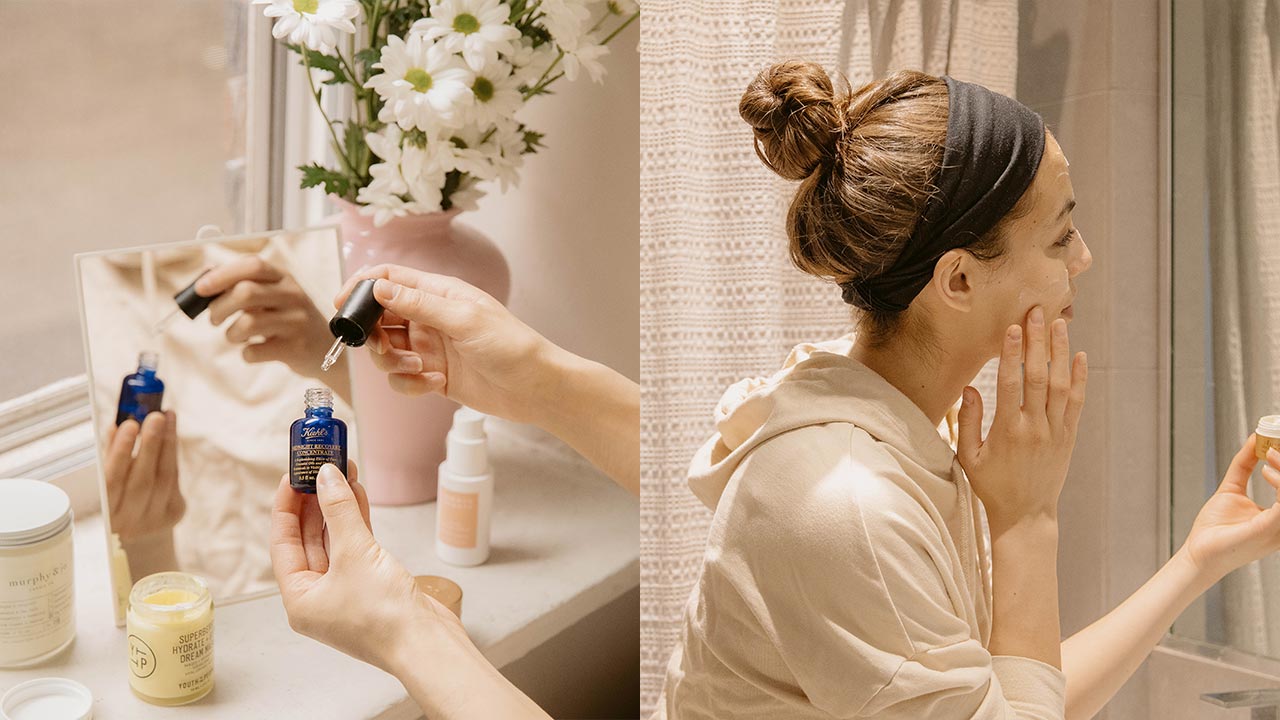
We all know that in no way you can say ‘abracadabra’ and get youthful skin. You need a proper skincare routine in place. While most of us still go for a facial regime, body care gets neglected quite often. Be it the lack of time or awareness about what is the best approach, we rarely pay much attention to the entire body. Following a proper body care routine amps up your skin’s texture, giving you natural glow that makes you appear younger than you are! .
The best part is, body care is quite simpler than you think. . If you make it a habit, it will become an effortless part of your daily skincare regime. Without further ado, let us quickly know why it is important to have a body care routine.
Why is it important to have a body care routine?
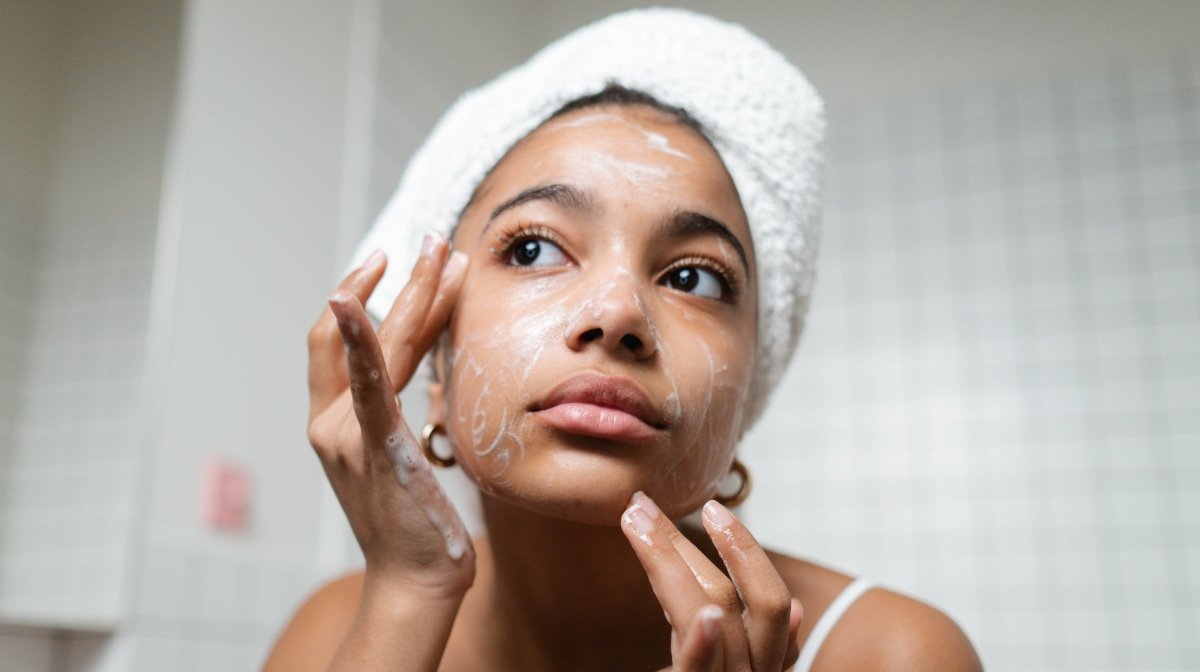
A thorough body care routine is more than regular soaping and showering. It imparts a beautiful glow. In the long run, your skin will be rejuvenated and less prone to infections, diseases, and aging.
A daily massage of body oil or body butter or an occasional exfoliation routine for the entire body keeps your skin healthy. The natural glow, as a result, promotes your mental health as you feel pampered, happy and more confident about your body.
Now, let’s delve into the different techniques and products required to nourish the overall health of your body’s skin.

Simple yet effective body skincare routine
Less is more- you have all heard of this saying and it holds even for your skincare. Keeping it simple yet effective should be the goal. This way, the effort and time required are minimized and you can stay dedicated to following it every day. Here’s what the simplest body care routine will involve:
Step 1: Begin with a body wash
The texture of the skin changes with age and it is normal. But irrespective of the texture, investing in a good body wash is the basic step towards your body skincare routine.
If you have dry skin, a body wash like Cappuccino Coffee Body Wash is perfect for you. It is moisturizing as well as mild exfoliating for the skin.
To manage flaking and dull skin texture specifically, invest in a body wash that can exfoliate and polish the skin while imparting hydration. This way excess flaking and dryness will be prevented in the long run. The Espresso Coffee Body Wash is the perfect option for such skin concerns.
For normal to oily skin types choosing a milder body wash is the key. Such skin types can attract dirt and grime easily and hence a deep cleansing body wash like the Coffee Body Wash is suitable. It imparts a natural suppleness and glows to your skin.
Step 2: Exfoliate the dead skin with a body scrub
Occasional exfoliation is particularly important for elbows, knees and feet to retain the softness of the skin in these areas. Overall body exfoliation from time to time also helps to get rid of dead skin cells thoroughly. So, include a body scrubbing regime on alternate days of the week to rejuvenate the skin and get rid of all dirt and grime thoroughly, bringing out the natural glow.
Try using India’s favorite and a natural body scrub like the Coffee Body Scrub which has Arabica Coffee granules and Coconut oil as its primary ingredients. The skin becomes visibly softer, moisturized and radiant after using it. You have got to try this!
Step 3: Indulge in a body moisturizer
Even if your favourite scrubs and body wash is moisturizing, the skin will need some extra dose of moisture after such a cleansing regime. This is where the Choco Body Butter comes in, which is intensely moisturizing.
If you are looking for something lighter, try out the Choco Body Lotion instead. Make it a part of your bedtime routine to give your entire body a thorough massage with the lotion or butter to retain the suppleness of your skin throughout the following day.

Step 4: Protect your skin with a sunscreen
The body care routine remains incomplete without good sunscreen. We all invest in sunscreens for the face but neglect the entire body. In reality, your body requires sun protection as much as your face. Make it a habit to apply sunscreens thirty minutes before you step out and use accessories like sunglasses and umbrellas for added protection.
Additional step: Incorporate a foot scrub
The skin of your foot gets tougher from daily strain over the years. To restore its softness, intensive foot care products are important. A good foot scrub like our Coffee Foot Scrub can make a significant difference. Scrub your foot twice a week followed by a rich lotion or oil before bedtime to prevent the hardening of the skin.
Your body is beautiful, but a thorough cleansing and care routine ensures it is protected and remains supple, youthful and healthy for a longer time. The coffee-infused products we shared here are some of the bests for any skin type and also help to keep your body care routine compact. So, let’s not wait and get started with the routine right away!
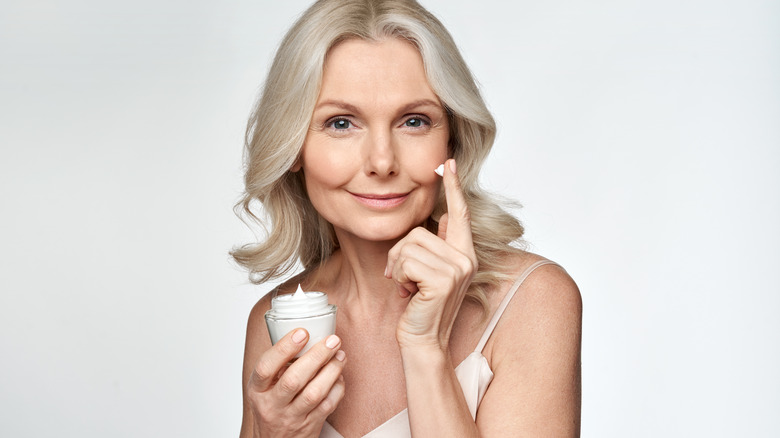



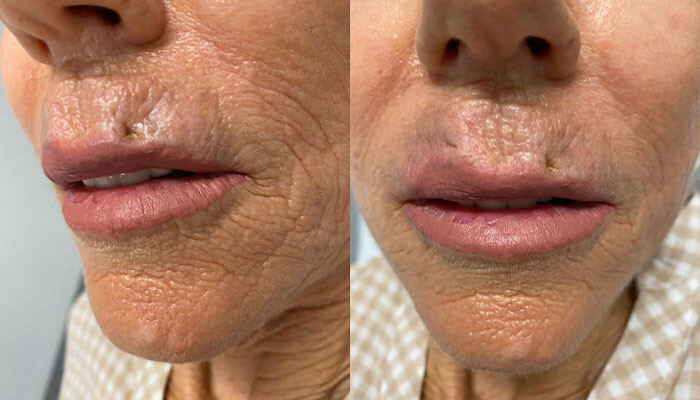






















:max_bytes(150000):strip_icc():focal(749x0:751x2)/joe-biden-cancer-bell-4-102125-755350df0d53433ca98388986729cb8f.jpg?w=1200&resize=1200,0&ssl=1)





:max_bytes(150000):strip_icc():focal(749x0:751x2):format(webp)/quadruplets-rachel-vargas-051625-4-5bf252a141f94a679aa4688507b49b36.jpg?w=1200&resize=1200,0&ssl=1)
:max_bytes(150000):strip_icc():focal(749x0:751x2):format(webp)/surprise-triplets4-122425-35fc83ab01f14762a294db376527f628.jpg?w=1200&resize=1200,0&ssl=1)






